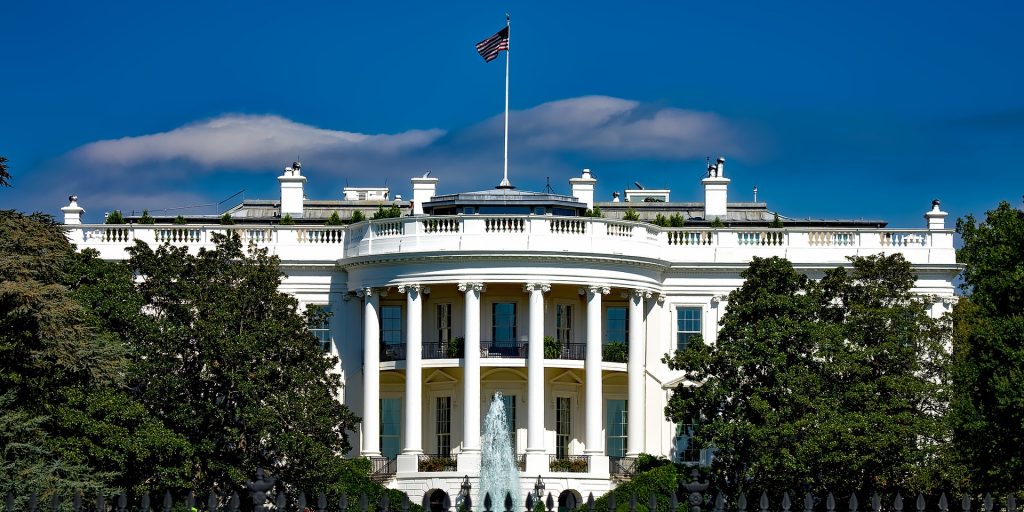Proposed 2023 federal budget increases local government, police spending, decreases deficit
Of the many lessons learned over the past few years, perhaps paramount in regard to the federal budget and spending is the importance of supporting local communities by giving administrators the freedom to distribute allocations as they see fit. City and county administrators are closest to the ground, and as such, are the best suited to make local decisions.
Continuing a trend started with the American Rescue Plan and solidifying with the Bipartisan Infrastructure Act, the Biden Administration is boosting investments in local government in its proposed $5.8 trillion Fiscal Year 2023 Budget.
According to Clarence Anthony, CEO and executive of the National League of Cities (NLC), the proposal “aligns with the needs of cities, towns and villages as they work towards a long-term, post-pandemic economic recovery. Importantly, the president’s budget also prioritizes equity, using federal aid to produce more equitable outcomes than were present before the pandemic.”
Specifically, the statement from Anthony and NLC outlines how the proposed budget increases funding for gun violence prevention and policing, environmental cleanup efforts, water infrastructure, climate and community resilience, cybersecurity and broadband, and workforce development, among other areas. In many areas, the budget proposal gives leniency to local governments in how they spend the money.
An explainer issued by the White House about the budgetary proposal calls it an expansion of recent American “economic and fiscal progress—investing in our economy and our people while cutting deficits, improving our country’s long-term fiscal outlook, and keeping the economic burden of debt low.”
To combat crime, the budget puts forward $3.2 billion in discretionary spending for state and local governments, and another “$30 billion in mandatory resources to support law enforcement, crime prevention and community violence intervention,” including community policing, according to the explainer.
“We will secure our communities by putting more police on the street to engage in accountable community policing, hiring the agents needed to help fight gun crime, and investing in crime prevention and community violence intervention,” Biden said in a statement. “My budget also makes the investments needed to reduce costs for families … support our veterans; and get all Americans the mental health services they need.”
Notably, Biden has claimed his administration’s budget will reduce the federal deficit by more than $1.3 trillion in the coming decade.
Targeting environmental cleanup, the budget features “a significant increase for Brownfields funding, with a proposed total of nearly $131 million. The Brownfields program is one of the most useful programs at the local level that supports the revitalization and redevelopment of vacant and abandoned properties,” NLC’s report says.
For perspective, the Department of the Interior’s request of $18.1 billion represents a 19 percent increase over last year’s budget, or $2.9 billion. Among reasons cited for the increase are a worsening drought, more extreme wildfires, the deployment of offshore wind generation, and support for ecosystem resilience throughout the nation.
“Pres. (Joe) Biden has proposed an important blueprint for our country’s future that reflects the importance of science, equity and collaboration in carrying out Interior’s important missions,” said Interior Sec. Deb Haaland in a statement issued along with the department’s proposal. “These resources, coupled with the historic Bipartisan Infrastructure Law, will help the department make critical investments in climate resiliency while creating good-paying union jobs in the clean energy economy, ensuring Tribal communities have the resources and support they need, and conserving and protecting wildlife and their habitats for future generations.”
Elsewhere, the Biden’s proposed budget calls for $110.7 million for technical assistance for local infrastructure projects, NLC’s statement says, with an additional $1.5 billion going for Rebuilding American Infrastructure with Sustainability and Equity (RAISE) discretionary grants and a new National Infrastructure Project Assistance (Mega) grant program.
And to bolster the nation’s housing stock for lower income constituents, the budget sets aside $50 billion for affordable housing. If Biden’s budget is approved as-is, the allotment would be used to construct new houses and “to address existing market gaps and stabilize housing prices in the long-term,” NLC’s statement says. Among other items in the budget notable to local government, $10 billion is slated for a new elections assistance fund to be allocated over a period of ten years.
Looking ahead, the budget must be approved by the House and the Senate. The U.S. federal government’s fiscal year runs from Oct. 1 to Sept. 30.




















